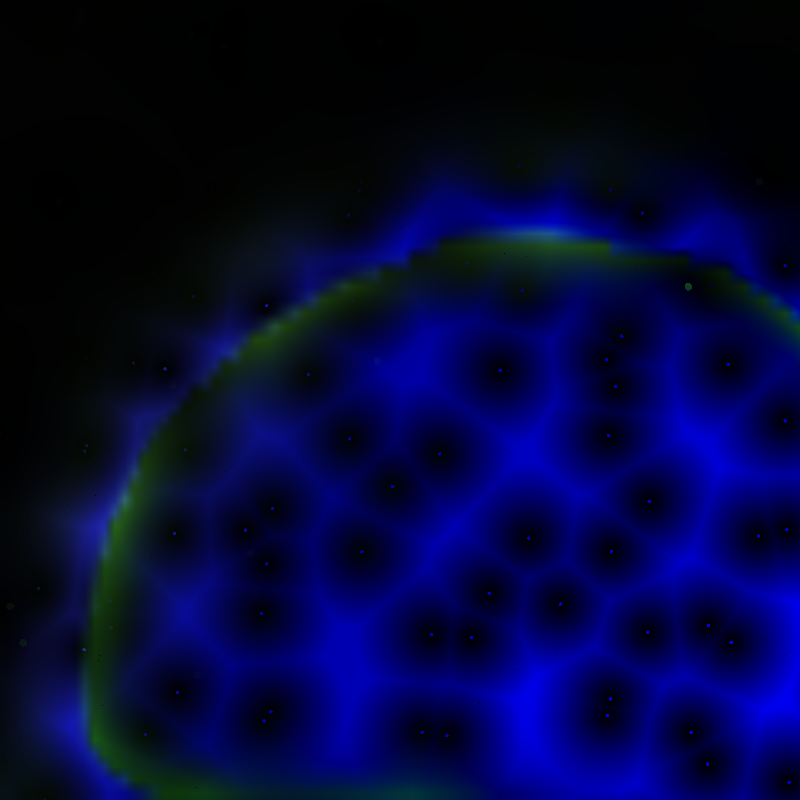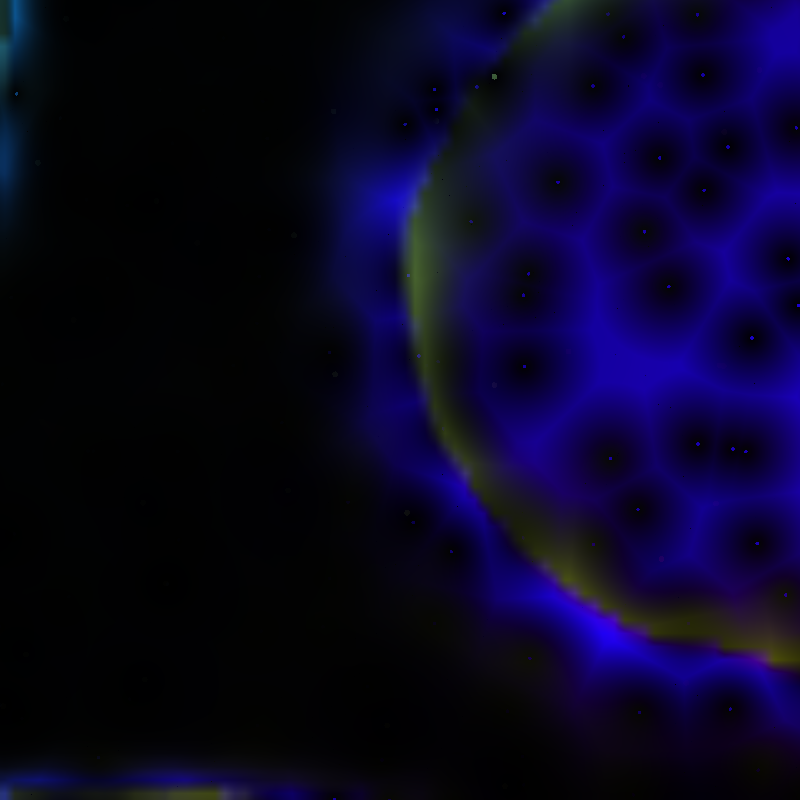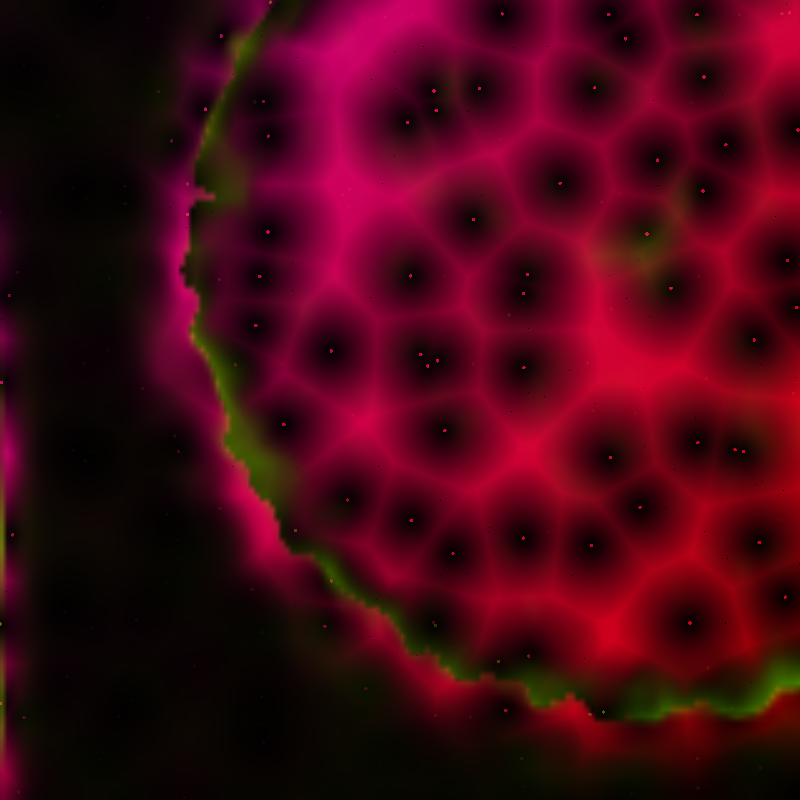price
2 TEZ7/7 minted
Project #18005
The prime number clock is a work that allows the public to know the current time, in the style of a traditional clock, but representing the time with prime numbers.
The seconds, minutes and hours are represented by 3 rings: the outermost one for the seconds, the middle one for the minutes and the center one for the hour.
Each of the time measures (hours, minutes and seconds) are represented as a set of elements whose quantity responds to a prime number. For example: if 7 seconds passed, there will be 7 elements in the outer ring. But if the quantity does not correspond to a prime number (that is, it is a composite number) then the number is broken down into a multiplication of prime numbers, for example: the number 9 is represented as 3 x 3, 12 = 2 x 2 x 3, 51 = 3 x 17, etc. So if the number of seconds that have elapsed is 12, the outer ring is represented as 2 elements, which in turn is divided into another 2, and these in turn are divided into 3; that is 2 x 2 x 3.
The representation of numbers can be made up of up to 5 inclusion planes (since numbers like 32 = 2 x 2 x 2 x 2 x 2, or 48 = 2 x 2 x 2 x 2 x 3).
The planes alternate between colored and black. The colors of the odd planes have different evolutions. Every time a new minute passes, the colors of the foreground change (advancing in their type of gradient) following a cyclical evolution that closes every 15 minutes, returning to the initial colors.
The evolutions of the color gradients can belong to 3 types: “solid” (10%), “soft” (27%), “vibrant” (63%).
The seconds, minutes and hours are represented by 3 rings: the outermost one for the seconds, the middle one for the minutes and the center one for the hour.
Each of the time measures (hours, minutes and seconds) are represented as a set of elements whose quantity responds to a prime number. For example: if 7 seconds passed, there will be 7 elements in the outer ring. But if the quantity does not correspond to a prime number (that is, it is a composite number) then the number is broken down into a multiplication of prime numbers, for example: the number 9 is represented as 3 x 3, 12 = 2 x 2 x 3, 51 = 3 x 17, etc. So if the number of seconds that have elapsed is 12, the outer ring is represented as 2 elements, which in turn is divided into another 2, and these in turn are divided into 3; that is 2 x 2 x 3.
The representation of numbers can be made up of up to 5 inclusion planes (since numbers like 32 = 2 x 2 x 2 x 2 x 2, or 48 = 2 x 2 x 2 x 2 x 3).
The planes alternate between colored and black. The colors of the odd planes have different evolutions. Every time a new minute passes, the colors of the foreground change (advancing in their type of gradient) following a cyclical evolution that closes every 15 minutes, returning to the initial colors.
The evolutions of the color gradients can belong to 3 types: “solid” (10%), “soft” (27%), “vibrant” (63%).
Price2 TEZ(1)Royalties15.0%(1)Tags
Metadataopen in new tab (0)
biopus
generative
op-art
clock
prime numbers
Metadataopen in new tab (0)
Filters
Features
No features
Listings







